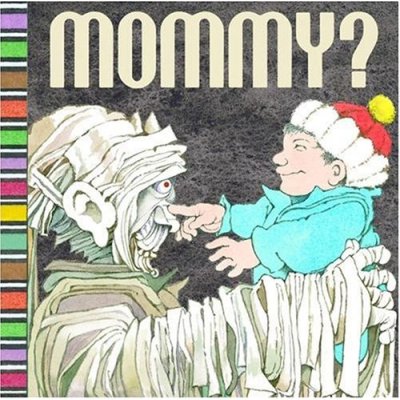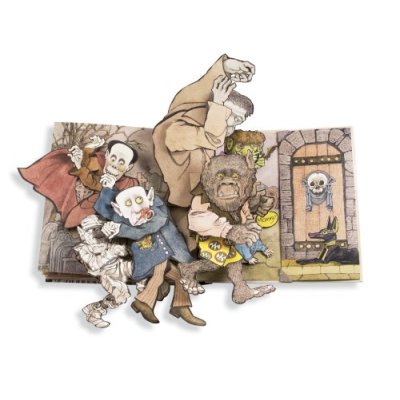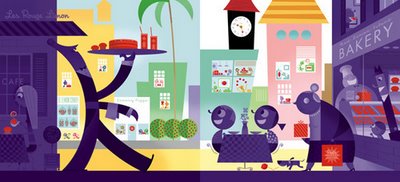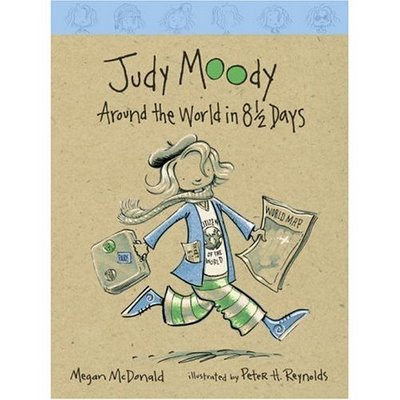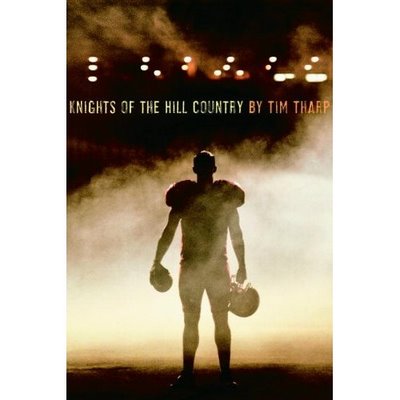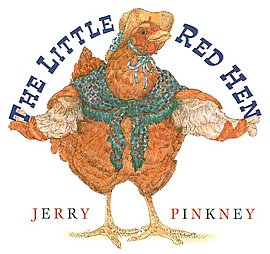Probably coming in last on this one, I found the following meme over at
Fuse #8. Explanations for that low number follow. Here's how the game is played.
Mark the selections you have read in
bold. If you liked it, add a star (
*) in front of the title, if you didn't, give it a minus (-). Then, put the total number of books you've read in the subject line.
*Charlotte's Web by E. B. White
The Polar Express by Chris Van Allsburg
*Green Eggs and Ham by Dr. Seuss
*The Cat in the Hat by Dr. Seuss
*Where the Wild Things Are by Maurice Sendak
Love You Forever by Robert N. Munsch
The Giving Tree by Shel Silverstein
The Very Hungry Caterpillar by Eric Carle
Where the Red Fern Grows by Wilson Rawls
The Mitten by Jan Brett
Goodnight Moon by Margaret Wise Brown
Hatchet by Gary Paulsen
The Lion, the Witch and the Wardrobe by C. S. Lewis
*Where the Sidewalk Ends: the Poems and Drawing of Shel Silverstein by Shel Silverstein
Bridge to Terabithia by Katherine Paterson
Stellaluna by Janell Cannon
Oh, The Places You'll Go by Dr. Seuss
Strega Nona by Tomie De Paola
Alexander and the Terrible, Horrible, No Good, Very Bad Day by Judith Viorst
Brown Bear, Brown Bear, What do you see? by Bill Martin, Jr.
*Charlie and the Chocolate Factory by Roald Dahl
The Velveteen Rabbit by Margery Williams
A Wrinkle in Time by Madeleine L'Engle
Shiloh by Phyllis Reynolds Naylor
*How the Grinch Stole Christmas by Dr. Seuss
*The True Story of the Three Little Pigs by Jon Scieszka
Chicka Chicka Boom Boom by John Archambault
Little House on the Prarie by Laura Ingalls Wilder
The Secret Garden by Frances Hodgson Burnett
The Complete Tales of Winnie the Pooh by A. A. Milne
The Boxcar Children by Gertrude Chandler Warner
Sarah, Plain and Tall by Patricia MacLachlan
Indian in the Cupboard by Lynne Reid Banks
*Island of the Blue Dolphins by Scott O'Dell
Maniac Magee by Jerry Spinelli
The BFG by Roald Dahl
*The Giver by Lois Lowry
If You Give a Mouse a Cookie by Laura Joffe Numeroff
James and the Giant Peach by Roald Dahl
Little House in the Big Woods by Laura Ingalls Wilder
Roll of Thunder, Hear My Cry by Mildred D. Taylor
The Hobbit by J. R. R. Tolkien
*The Lorax by Dr. Seuss
Stone Fox by John Reynolds Gardiner
Number the Stars by Lois Lowry
Mrs. Frisby and the Rats of Nimh by Robert C. O'Brien
Little Women by Louisa May Alcott
The Rainbow Fish by Marcus Pfister
Amazing Grace by Mary Hoffman
The Best Christmas Pageant Ever by Barbara Robinson
Corduroy by Don Freeman
-Jumanji by Chris Van Allsburg
Math Curse by Jon Scieszka
Matilda by Roald Dahl
Summer of the Monkeys by Wilson Rawls
Tales of a Fourth Grade Nothing by Judy Blume
Ramona Quimby, Age 8 by Beverly Cleary
The Trumpet of the Swan by E. B. White
*Are You My Mother? by Philip D. Eastman
The Chronicles of Narnia by C. S. Lewis
Make Way for Ducklings by Robert McCloskey
*One Fish Two Fish Red Fish Blue Fish by Dr. Seuss
*The Phantom Tollbooth by Norton Juster
The Snowy Day by Ezra Jack Keats
The Napping House by Audrey Wood
*Sylvester and the Magic Pebble by William Steig (Van Allsberg gets two titles and Steig gets only one?)
The Tale of Peter Rabbit by Beatrix Potter
Tuck Everlasting by Natalie Babbitt
The Wizard of Oz by L. Frank Baum
Anne of Green Gables by Lucy Maud Montgomery
Horton Hatches the Egg by Dr. Seuss
Basil of Baker Street, by Eve Titus
The Little Engine That Could by Watty Piper
The Cay by Theodore Taylor
Curious George by Hans Augusto Rey
Wilfred Gordon McDonald Partridge by Mem Fox
*Arthur series by Marc Tolon Brown (
only the ones WHERE HE STILL HAS A NOSE!)
The Great Gilly Hopkins by Katherine Paterson
Lilly's Purple Plastic Purse by Kevin Henkes
Little House books by Laura Ingalls Wilder
The Little House by Virginia Lee Burton
The Runaway Bunny by Margaret Wise Brown
Sideways Stories from Wayside School by Louis Sachar
Amelia Bedelia by Peggy Parish
*Harriet the Spy by Louise Fitzhugh
*A Light in the Attic by Shel Silverstein
Mr. Popper's Penguins by Richard Atwater
My Father's Dragon by Ruth Stiles Gannett
Stuart Little by E. B. White
Walk Two Moons by Sharon Creech
The Witch of Blackbird Pond by Elizabeth George Speare
The Art Lesson by Tomie De Paola
Caps for Sale by Esphyr Slobodkina
Clifford, the Big Red Dog by Norman Bridwell
Heidi by Johanna Spyri
*Horton Hears a Who by Dr. Seuss
The Sign of the Beaver by Elizabeth George Speare
The Watsons Go to Birmingham-1963 by Christopher Paul Curtis
-Guess How Much I Love You by Sam McBratney
*The Paper Bag Princess by Robert N. Munsch
Trying to be honest here I did not include titles that I don't know for sure whether or not I read or completed.
Witch of Blackbird Pond, for example, and
Roll of Thunder Hear My Cry were books I was assigned in school and for the life of me I cannot recal their stories or that I even finished. Sad, but true, and I haven't felt compelled (yet) to try them again.
That said, there are others where I preserved my
right as a reader to abandon a book that just didn't hold me (
The Hobbit, Little Women). Of course, these decisions were made when I was much younger. I'm smarter (
*ahem*) and wiser (
?) and more patient now (
ha!) and really should revisit some of these.
In further defense of my appaling reading habits, there are at least 20 titles that have long been on my 'really should read that' list. I fully expect one to find out that a more than a couple of these unread titles really were read and I just totally forgot about them, for whatever reason.
For anyone whose read this far, and cares, the number of titles corresponds to the age I will officially celebrate in exactly 20 days.
 Reviews and holidays and play rehearsals for the girls and work and birthday shopping and holiday shopping and grocery shopping and writing and editing and play performances and haircuts and writing and editing and query research and tooth aches and neck pains and muscle tension and headaches and motrin and chocolate and pfeffernusse and bills and recipes and vacation planning and catching up on news and catching up on blogs and falling behind on reading and surfing the net and
Reviews and holidays and play rehearsals for the girls and work and birthday shopping and holiday shopping and grocery shopping and writing and editing and play performances and haircuts and writing and editing and query research and tooth aches and neck pains and muscle tension and headaches and motrin and chocolate and pfeffernusse and bills and recipes and vacation planning and catching up on news and catching up on blogs and falling behind on reading and surfing the net and
